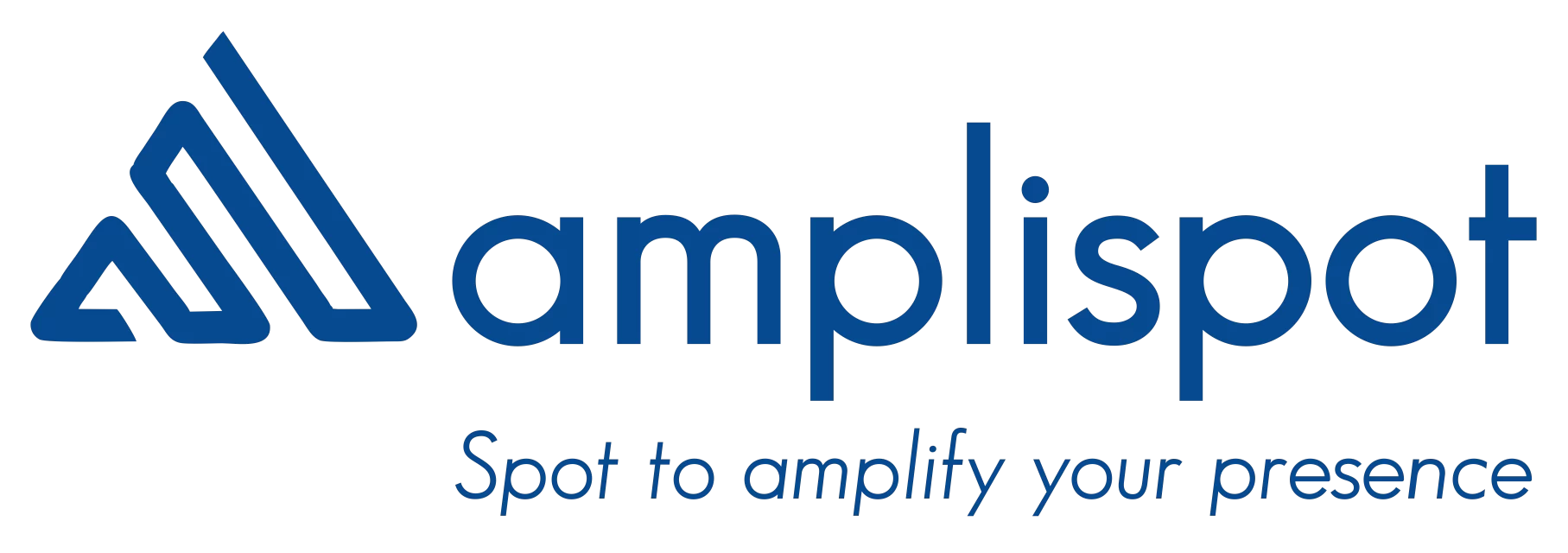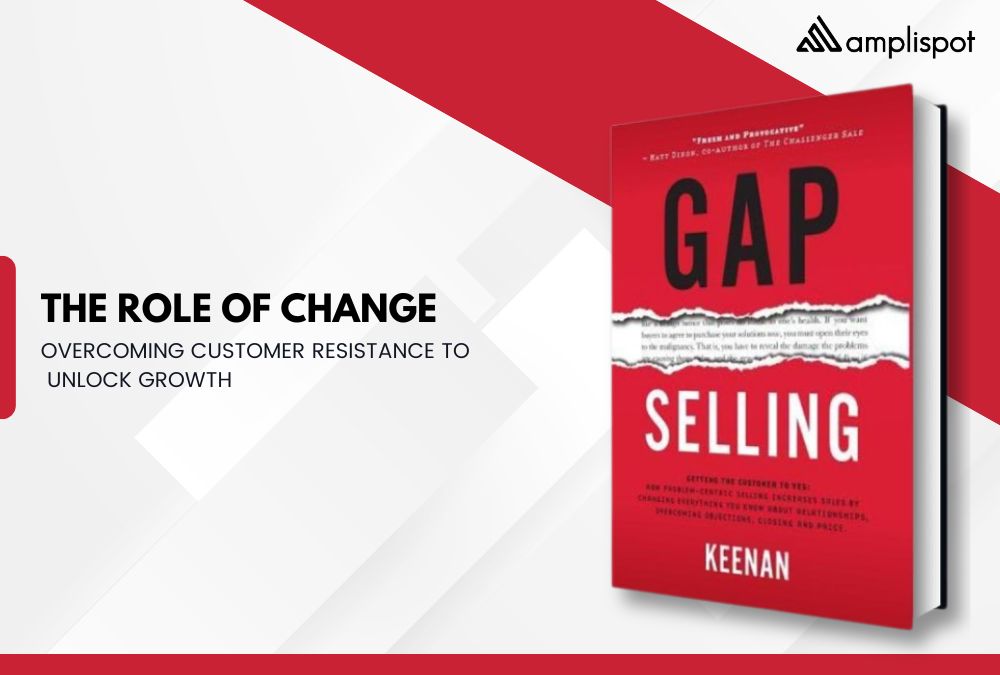Marketing Support for Insurance Agents at State Farm, Allstate, Farmers, and Nationwide
Top insurance carriers invest in tools and programs to help their agents market effectively. These supports range from providing branded content and personal web pages to lead generation platforms and social media libraries. Such resources not only help agents grow their business but also improve agent satisfaction and retention. In fact, industry research shows that many carriers offer marketing toolkits (signage, brochures, newsletters, website help, etc.) so agents can leverage the strength of the brand locally (PIATN Fall Edition 17 by PIA of Tennessee – Issuu) (PIATN Fall Edition 17 by PIA of Tennessee – Issuu). Below, we break down how State Farm, Allstate, Farmers, and Nationwide empower their agents with marketing support, followed by insights on how this support impacts agent success and retention. State Farm: Local Marketing and Co‑Op Programs State Farm agents benefit from the company’s strong national advertising and also receive support for local marketing efforts. Notably, State Farm has provided co-operative advertising funds to agents in certain situations. For example, when a competitor reduced its agent presence, State Farm offered agents a 50% co-op reimbursement on approved local ads to help them win over those customers (State Farm upping the ante on co-op ads | Radio & Television Business Report). In practice, this meant State Farm would pay half the cost of an agent’s local print, radio, or billboard ad that met the program criteria (State Farm upping the ante on co-op ads | Radio & Television Business Report). This kind of financial support encourages agents to advertise locally by reducing their out-of-pocket cost. State Farm also maintains a “Find an Agent” feature on its website that serves as a one-page landing page for each agent. These agent microsites list the agent’s contact information and office details, helping funnel online visitors to local offices (State Farm boasts mobile Web as preferred touch point for consumers: study | Retail Dive) (State Farm boasts mobile Web as preferred touch point for consumers: study | Retail Dive). The company’s mobile app and site integrate GPS functionality to connect consumers to nearby agents quickly, illustrating State Farm’s commitment to driving leads to its agents via digital channels (State Farm boasts mobile Web as preferred touch point for consumers: study | Retail Dive) (State Farm boasts mobile Web as preferred touch point for consumers: study | Retail Dive). Additionally, State Farm centrally manages certain direct mail and marketing campaigns on behalf of agents to ensure branding consistency. Agents must adhere to strict brand guidelines (for instance, they generally cannot run independent websites or unapproved newsletters), but in return they can rely on corporate-supplied marketing materials and campaigns to promote their agencies (PIATN Fall Edition 17 by PIA of Tennessee – Issuu). This balance helps protect the brand while still giving agents marketing exposure. State Farm agent marketing support highlights: Allstate: Agent Websites, Social Media Content, and Lead Marketplaces Allstate has been proactive in equipping its agency owners with digital marketing tools. One major initiative was the rollout of personalized agent websites and local SEO support for over 10,000 Allstate agents. In 2012 Allstate partnered with SIM Partners to optimize local search content and ensure each agent’s site was easily found by consumers (Allstate Leverages SIM Partners Technology to Extend National Marketing Efforts Locally for More Than 10,000 Agents | Business Wire) (Allstate Leverages SIM Partners Technology to Extend National Marketing Efforts Locally for More Than 10,000 Agents | Business Wire). This program gave Allstate agents a content management system to update and maintain their own Allstate-branded web pages with local information, while corporate handled behind-the-scenes SEO and data distribution to boost visibility (Allstate Leverages SIM Partners Technology to Extend National Marketing Efforts Locally for More Than 10,000 Agents | Business Wire) (Allstate Leverages SIM Partners Technology to Extend National Marketing Efforts Locally for More Than 10,000 Agents | Business Wire). The goal was to make it “fast and easy for consumers to find a local agent”, bridging national marketing with local presence (Allstate Leverages SIM Partners Technology to Extend National Marketing Efforts Locally for More Than 10,000 Agents | Business Wire). Detailed reporting was provided at the brand, regional, and agent level so that performance of online marketing could be tracked (Allstate Leverages SIM Partners Technology to Extend National Marketing Efforts Locally for More Than 10,000 Agents | Business Wire). Allstate also supports agents on the lead generation front. In 2014, Allstate launched the Allstate Lead Marketplace, a proprietary platform where agents can purchase leads collectively (Online Vendor Marketplace Expands Allstate Agency Owner Sales Leads) (Online Vendor Marketplace Expands Allstate Agency Owner Sales Leads). This online marketplace aggregates leads from multiple vendors and leverages Allstate’s collective buying power to get better pricing and quality for its agents (Online Vendor Marketplace Expands Allstate Agency Owner Sales Leads) (Online Vendor Marketplace Expands Allstate Agency Owner Sales Leads). Allstate agents had requested a centralized platform like this to efficiently find and acquire online leads, and the company delivered a solution that “could be a game changer for our agency owners”, according to Allstate’s marketing manager (Online Vendor Marketplace Expands Allstate Agency Owner Sales Leads) (Online Vendor Marketplace Expands Allstate Agency Owner Sales Leads). By integrating multiple lead sources into one system, agents save time and can focus on following up with prospects, improving their sales funnel. In terms of social media content, Allstate has provided compliance-approved solutions. The company was an early adopter of enterprise social media tools – for example, in 2012 Allstate joined other insurers in using Hearsay Social to empower agents on Facebook, Twitter, and LinkedIn while ensuring brand compliance (Hearsay Social Powers Top Financial Services Firms on Social Media) (Hearsay Social Takes Out Insurance; Adds Allstate To Client List). This gave Allstate agents a library of pre-approved social media posts and a platform that monitors their local social pages for compliance with regulations and branding. By doing so, Allstate extended its “You’re In Good Hands” messaging to local audiences via agents’ social media, without risking off-message content. Allstate’s









































